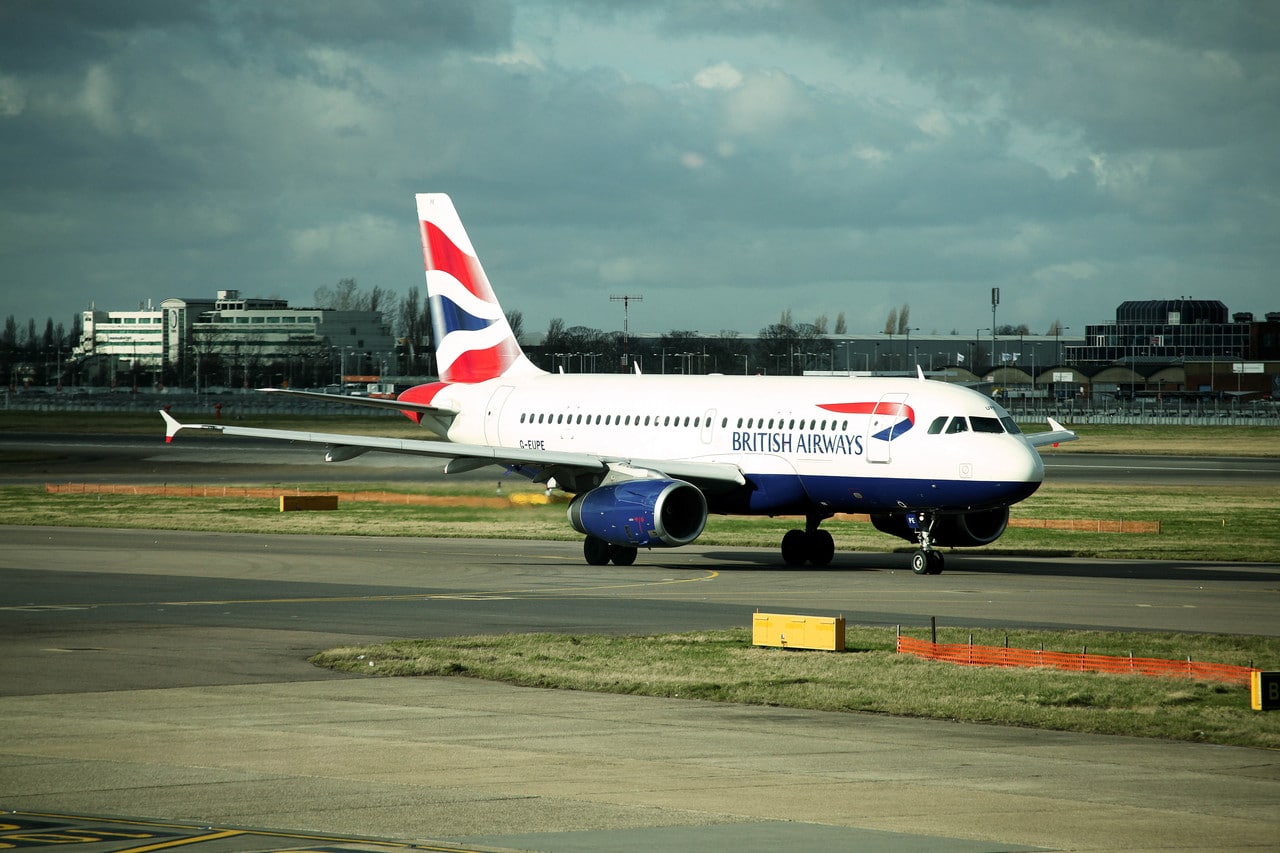Aerospace
Faulty curtain delays British Airways flight from Seville to Gatwick
This is the insane reason for the flight’s delay.

While always you often hear about flight delays brought on by adverse weather, a lack of employees, and modifications in the aircraft, it is rarely heard of delays brought on by faulty curtains that don’t close properly.
It has been claimed that a problem with the fabric partition separating business and economy classes caused the British Airways flight from Seville to London to be delayed.
After the flight departed at 2.45 pm Spanish time instead of the scheduled 11.30 am, one unhappy passenger referred to the situation as “ridiculous.” Prior to clarifying that the curtain was to blame, staff initially informed passengers that the delay was caused by the foggy weather.
It was reported that a portion of the rail curtain was loose, creating a possible hazard. One among those impacted was a traveler by the name of William. On Monday, just before 1 o’clock, he tweeted: “Sitting at Seville airport waiting for a delayed flight. Delay-causing factor: There is now a gap between business and European travelers. Really? Additionally, there was zero interaction with BA staff or the airport.
@BritisAirways right now sitting at Seville airport waiting for a delayed flight. Cause of delay…the curtain between business and euro traveller is broken. Really? Also absolutely no communication from the airport or BA staff
— William (@William73696915) November 14, 2022
According to BA, a portion of the delay was caused by the plane’s earlier departure from one airport to another due to poor visibility. A spokeswoman said, “We apologized to customers for the delay to their trip, which was caused by the aircraft diverting to a different airport on its previous route due to poor visibility.”

Aerospace
Boeing Transfers Rocket Stage to NASA, Paving Way for Human Moon Mission

Boeing has achieved a significant milestone by providing NASA with the second core stage of the Space Launch System (SLS) rocket.
This crucial component, crafted at NASA’s Michoud Assembly Facility (MAF), is set to propel the Artemis II crew into lunar orbit, marking humanity’s return to deep space after a 50-year hiatus.
The monumental Boeing-built rocket stage, the largest element of the Artemis II mission, will embark on a journey aboard the Pegasus barge, traveling 900 miles to NASA’s Kennedy Space Center.
Comparison of two legendary aircraft B777x vs B747 aircraft:Click here
Upon arrival, it will be meticulously integrated with other essential Artemis II components, including the upper stage, solid rocket boosters, and NASA’s Orion spacecraft within the iconic Vehicle Assembly Building. This intricate integration process is a vital step toward the eagerly anticipated Artemis II launch, slated for 2025.
“Boeing-built products helped land humankind on the moon in 1969, and we’re proud to continue that legacy through the Artemis generation,” remarked Dave Dutcher, vice president and program manager for Boeing’s SLS program. “Together, with NASA and our industry partners and suppliers, we are building the world’s most capable rocket and paving the way to deep space through America’s rocket factory in New Orleans.”
NASA, Lockheed Martin Reveal X-59 Quiet Supersonic Aircraft:Click here
The delivery of Core Stage 2 marks a significant achievement in the evolution of the SLS rocket. Towering over 200 feet and powered by four RS-25 engines, this core stage, coupled with two solid-fueled booster rockets, will generate a staggering 8.8 million pounds of thrust. This immense power is crucial to launching Artemis II and future missions into the vast expanse of space.
The SLS rocket stands unparalleled in its capability to transport both crew and substantial cargo to the moon and beyond in a single launch. Its extraordinary capacity will facilitate the delivery of human-rated spacecraft, habitats, and scientific missions to destinations including the moon and Mars, ushering in a new era of space exploration.
-

 Travel1 week ago
Travel1 week agoAir India to Expand US Operations with Three New Routes After a Decade
-

 Travel2 weeks ago
Travel2 weeks agoWhy We Should Avoid These Stamps in a Passport
-

 Airlines1 month ago
Airlines1 month agoInvestigations Reveal Fake Chinese Titanium in Boeing and Airbus Jets
-

 Tech4 weeks ago
Tech4 weeks agoChina’s CATL Plans 1,800-Mile Electric Plane Launch by 2027
-

 Airport3 days ago
Airport3 days agoTop 10 Largest Airports in the World by Size
-

 Aerospace4 weeks ago
Aerospace4 weeks agoChina’s Fighter Jets Turn Wings into Autonomous Drones
-

 Airlines4 days ago
Airlines4 days agoAir India Rolls Out A350s for Delhi-New York JFK and Newark Routes
-

 Defence3 weeks ago
Defence3 weeks agoBoeing Enhances Chinook with New Engines and Block II Upgrades at $96 Million







